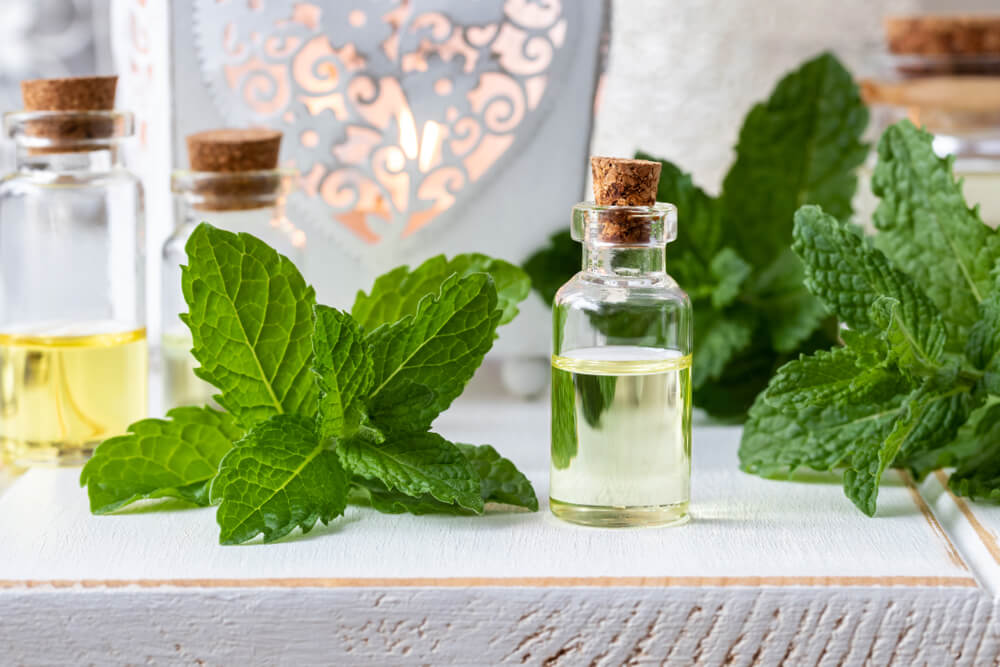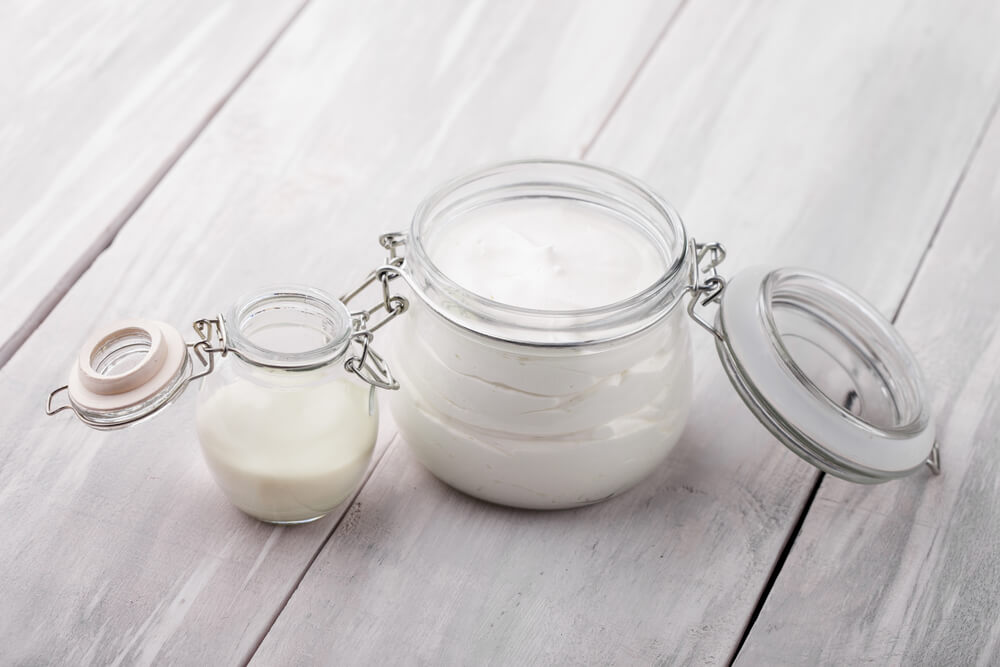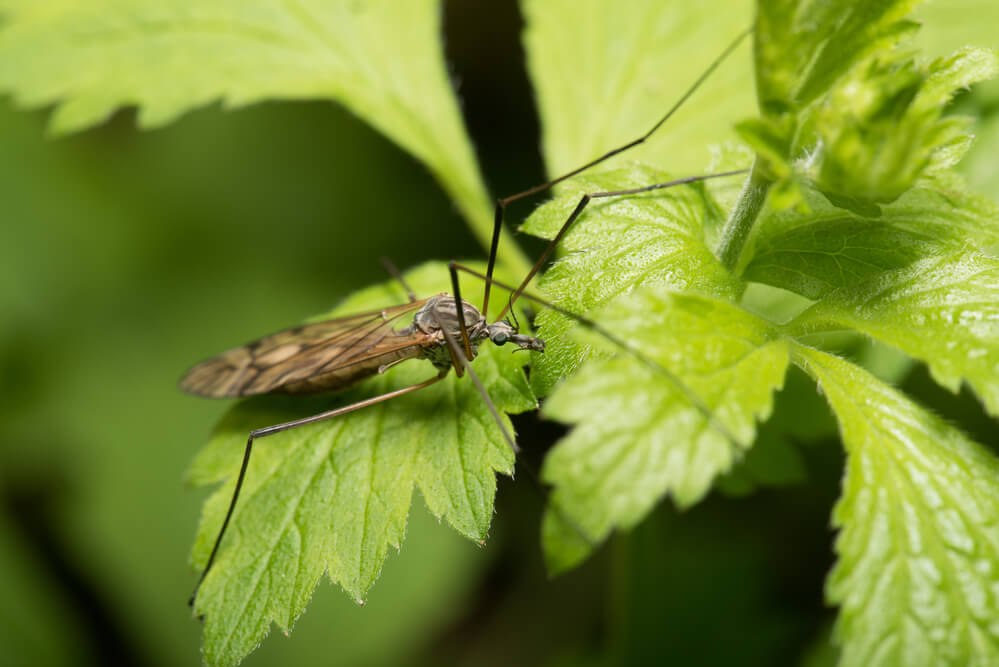With the recent outbreak all over the news people are thinking about mosquitoes. From the use of bay leaves in books to prevent bookworms or chili peppers in grain to prevent weevils, plants have long been used to repel bugs of all sorts. Mosquitoes are no different. Over time, plants have developed various chemical mechanisms to protect themselves from bugs. The essential oils that are extracted from these plants can also be used to help protect us as well.
Here are just a few plants that offer natural protection from mosquitoes and other pesky insects:
Catnip
(Nepeta cataria) While you probably know catnip more for its ability to drive cats wild, it is also great at keeping those bugs at bay. The same essential oils that give catnip its characteristic odor are also highly effective as a bug repellent, including mosquitoes. Nepetalactone, one of the constituents in catnip's essential oils, has been found to be more effective than DEET, a popular over-the-counter bug repellent, at repelling insects (Peterson and Coats, 2011).
Citronella/Lemongrass
(Cymbopogon nardus and Cymbopogon winterianus) Citronella is one of the most well-known natural bug repellents and is found in candles and bug sprays. It is not a plant itself but rather just one of the essential oil compounds found in lemongrass (Cymbopogon spp.), in particular C. nardus and C. winterianus. These species are native to Asia where they have been used historically to repel bugs and as a spice in Asian cuisine. Plant lemongrass in your garden to ward off insects and attract bees or use lemongrass essential oil (always diluted!) to make your own bug repellent.
Lavender
(Lavandula spp.) Lavender has been used for thousands of years for its clean-smelling fragrance. While pleasing to us, this fragrance is great for keeping pests away. Lavender repels flies, mosquitoes, and moths. Some have even found it helpful in warding off spiders and other crawling insects. You can use bundles of dried flowers placed in strategic places in the home or the essential oil in room and body sprays.
Tea Tree
(Melaleuca alternifolia) Tea Tree is native to Australia and most well known for its essential oil that is commonly used as topical microbial support. This fragrant oil is also great at repelling most biting bugs, including fleas, mosquitoes, ants, and ticks. Use on its own or in combination with other essential oils to create your own insect repellent.
Neem
(Zadirachta indica) This fast-growing tree is native to India and has gained international recognition for its ability to repel bugs of all sorts, protecting people, livestock, and crops. In India, dried leaves are placed in cupboards and drawers to keep bugs out of food and clothing and burned to keep mosquitoes away. Neem oil can be diluted and used as a room or body spray or combined with other oils to create an insect repelling body oil.
Homemade Bug Spray
Ingredients:
- Witch Hazel
- Lavender hydrosol
- ¼ - ½ tsp of Vegetable glycerin
- 30-50 drops of essential oils of choice
Instructions:
- Fill a 4 or 8 oz spray bottle half way with lavender hydrosol and then add the witch hazel until the bottle is almost full, leaving about a half inch of space at the top.
- Add the vegetable glycerin (1/4 tsp for 4 oz).
- For the essential oils, you want a total of 30-50 drops, so decide which oils you are going to use and the amount you want of each. This can be based on their effectiveness or their scent. Either way, you will have an effective bug spray.
- Once you've added the essential oils, close with spray top and shake vigorously to combine all ingredients.
Shake before use.
References
- Peterson C and Coats J (2011) Catnip Essential Oil and its Nepetalactone Isomers as Repellents for Mosquitoes, ACS Symposium Series, Vol. 1090, 59-65.
Erin Smith has been working with plants for 25 years and is medical herbalist and ethnobotanist. She is the creator of Plant Passionate Living, an interactive program designed to help people find greater health and vitality through a deeper relationship with plants. Erin is the Founder and Director of the Center for Integrative Botanical Studies.
For educational purposes only. This information has not been evaluated by the Food and Drug Administration. This information is not intended to diagnose, treat, cure, or prevent any disease, or sell any product.
Recommended Products
Further Reading














